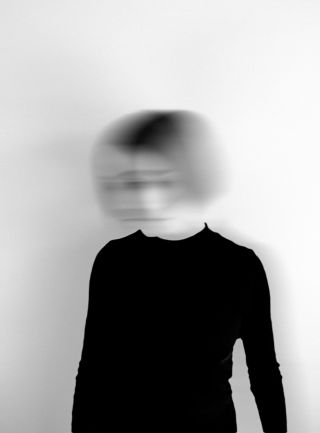Philosophy
Schizophrenia and the Philosophy of Self
Some propose schizophrenia is a self-disorder, requiring new tools to address.
Posted January 31, 2024 Reviewed by Lybi Ma
What is schizophrenia? While our understanding of the course of schizophrenia and its psychopharmacology has improved dramatically over the last century, in some sense this basic question remains open.
According to popular understanding, hallucinations (experiences, typically auditory, of things that are not there) and delusions (beliefs, often paranoid and self-centered, that are not grounded in evidence) are the touchstones of schizophrenia. Indeed these are core to the diagnosis of schizophrenia in standard diagnostic handbooks, notably the Diagnostic and Statistical Manual of Mental Disorders, DSM. But arguably these are merely common manifestations of schizophrenia, and they are not present in all cases. More fundamentally, the enumeration of such symptoms leaves us in the dark as to what schizophrenia itself is, and what underlying psychic condition gives rise to these psychic phenomena.

An idea dating to the early days of 20th-century psychiatry proposes to answer this question by saying that schizophrenia is fundamentally a self-disorder. Indeed the diagnostic criteria proposed by the early psychiatrist Kurt Schneider include not only delusions and perceptions but also disturbances to one's basic sense of self and agency, such as thought insertion (being unaware of whether a thought is one's own or someone else's) and the feeling that one's actions are being performed by the agency of someone else. Schneider's so-called first-rank symptoms portray a picture of a disorder in which hallucinations and delusions are but two especially notable aspects of a more general disorder of the self.
This early perspective on schizophrenia has been revived in recent decades, as has the idea that schizophrenia is fundamentally a disorder of the self. One important new instrument has been the examination of anomalous self-experiences (EASE), an instrument for the "phenomenological exploration" of the kinds of self-disturbances taken to be characteristic of schizophrenia. This instrument suggests a qualitative and client-driven approach to understanding schizophrenia and its manifestations and so a new angle on the clinical approach to schizophrenia.
More generally, this revival of the self-oriented approach to schizophrenia suggests a substantial role for philosophical research in psychiatry. The self is a perennial object of philosophical concern, and it is natural to think that philosophical work may shed some light on the understanding of schizophrenia as a self-disorder. Historically, there is substantial precedent for such an approach. Schneider is generally considered the co-founder of the "Heidelberg school" of psychiatry, alongside the psychiatrist and philosopher Karl Jaspers, who ultimately left clinical practice to devote himself entirely to philosophy.
This tradition too has been revived in contemporary work. Leading authors who pursue the idea of schizophrenia as a self-disorder—such as Louis Sass and Josef Parnas—explicitly take themselves to be pursuing lines of thinking from the phenomenological tradition in philosophy, lines of thinking that have tended to be less prominent during the era of 20th-century psychiatry dominated by the more operational approach suggested by, for example, the DSM.
One philosophical line of inquiry is to say more about what is meant by self. Parnas, in an article co-authored with Mads Gram Henriksen and elsewhere, suggests that the self that is disturbed by schizophrenia is the minimal or basic self, the bare sense of mine-ness "that must be in place for any experience to be experienced as someone’s experience." In this sense, to regard schizophrenia as a self-disorder is to regard it as a perceptual disorder (or thought disorder, as it is often described), albeit one of a fundamental kind.
But other conceptions of the self, and so of self-disorder, are available. As Parnas and Henriksen observe, the "dialogical" model of self-proposed by Paul and John Lykaser also underwrites a different kind of picture of schizophrenia as self-disorder. In their model, the self is understood as occupying different positions or roles, and the self in its typical development is understood as arising from an interplay among these different positions. In the case of schizophrenia, this interplay is lost or interrupted, resulting in a diminished sense of self. So this too is a conception of schizophrenia as self-disorder, but one that appeals to a richer and higher-level notion of the self.
In this sense the hypothesis that schizophrenia is a self disorder may be thought of less as a diagnosis or even a theory of schizophrenia, but rather a long-standing and ecumenical research program. The guiding idea is that schizophrenia is to be conceived of less in terms of its most obvious objects—notably, the hallucinations and delusions that are most readily manifest in clinical interviews—but rather in terms of the distinct form of subjectivity that characterizes it. It is unclear where this research program will end up, but it is a rich area for those interested in the intersection of psychiatry with philosophy, and still more particularly with the fundamental questions that arise in thinking about the metaphysics of the self.
References
Josef Parnas and Mads Gram Henriksen. (2014). Disordered Self in the Schizophrenia Spectrum: A Clinical and Research Perspective. Harvard Review of Psychiatry 22(5): 251–265.


